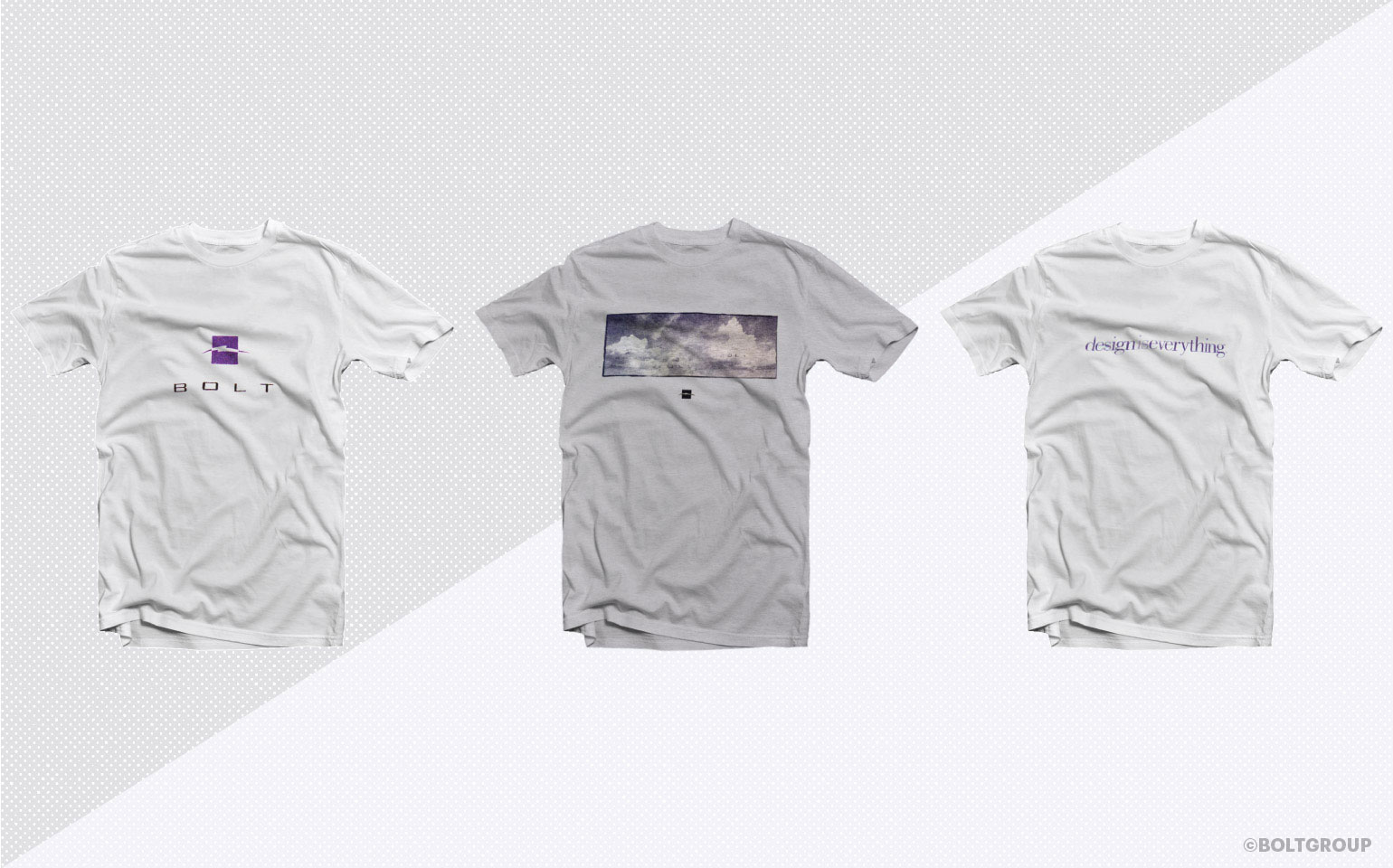As we’ve been preparing for our new website launch in a few weeks, I’ve been collecting content—30 years of content. Awards, case studies, testimonials, and images. What has struck me in doing so were a couple of truths about our business. Perhaps truths for any business.
No.1—Nothing stays the same. Everything changes.
No. 2—The more things change, the more they stay the same.
Now these two observations seem to be in conflict with one another. But if we break them down, we can see not only how the two co-exist, but in fact that they are each reliant on the other, today and in the future.
The More Things Change …
We all know this saying, maybe even consider it cliché. Yet it’s one we’ve come to understand in this new millennia as spot-on. It’s much like the weather here in the Southeast—wait 20 minutes and it’ll change. Just outside my office is one of our first computers—a Mac SE, fondly known as Steve. We got computers for the studio within a year of my arriving. Complete with 20 MB of memory and 1 MB of RAM! Now Steve has flames painted on its side and sits on wheels, like a pull toy—something we did years ago to create a little fun art around the studio. However, Steve is a reminder to us all of the role technology played in transforming our industry over the past 30 years. And the role it will continue to play in the future.
When I started developing brand programs for clients, brand communication was completely dependent on print. We must have more than 50 “Best of Category” print certificates of excellence. And endless ADDYs for printed collateral. But today, we often develop a new brand identity and not even consider print letterhead because our message will be delivered all digitally.
Back in the day, we prepared mechanicals using Amberlith and stats for copy, using waxing machines for laying down type and Rapidiograph pens for inking logos. Timelines were longer. Preparing presentations took far more effort. And production schedules stretched into months. These were all areas of business focused on delivering the promise of the brand. Today our phones have more storage and memory than our first computers. And advances in digital design require us to constantly upgrade to stay on the very edge of technology so we can better service our clients. Timelines are compressed. Presentations are often electronic. Production can happen in days. Nothing stays the same.
The More They Stay The Same.
The role of our brand consultancy has always been to help clients define the why—the purpose of the brand, product, or service. And then to communicate the brand promise in a truthful, differentiating way. Our job has always been to create brands and experiences that people love.
How we go about doing that remains a time-tested process. First we immerse ourselves into the proposition and shed any pre-constructs or influences so we can gain empathy. A favorite quote I use when speaking with clients, students, or when lecturing is: “To communicate you must first understand what it is like not to understand,”—Richard Saul Wurman, father of information architecture. Put another way, Wurman said, “The most essential prerequisite to understanding is to be able to admit when you don’t understand.”
We gather important insights through this empathy filter, test them, and then assimilate our gathered knowledge into a creative direction. When manifested and curated visually and verbally, the direction will focus and guide the brand. It will influence the culture and behavior toward and around it. This takes courage, conviction, and collaboration between the client and the consultant. And it must be carried out with skill. Impeccable, peerless skill delivered at every touch point of the brand. BOLTgroup has done it this way for 30 years. Everything stays the same.
In part two of my journey down memory lane, we’ll look at how everything we’ve learned over the past 30 years of being in business influences everything we’ll do over the next 30 years. Stay tuned.
